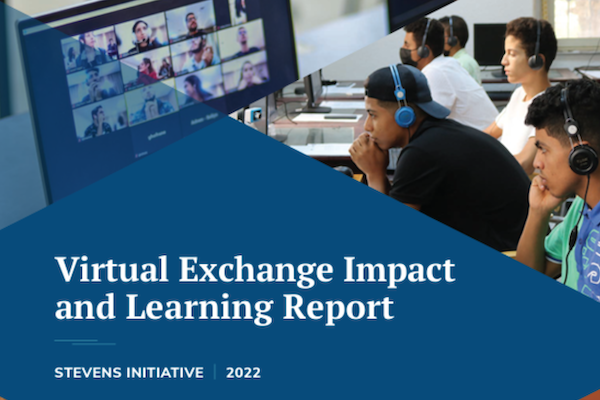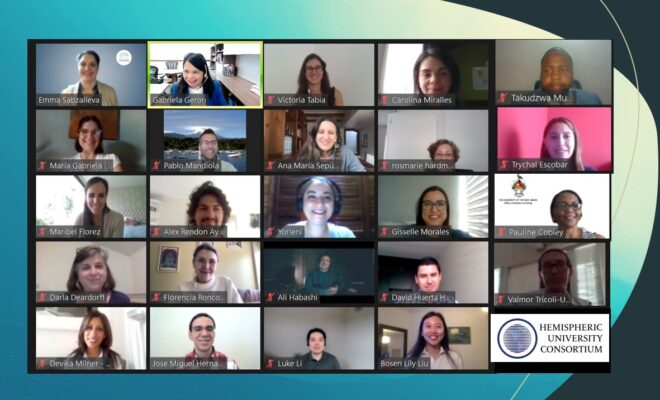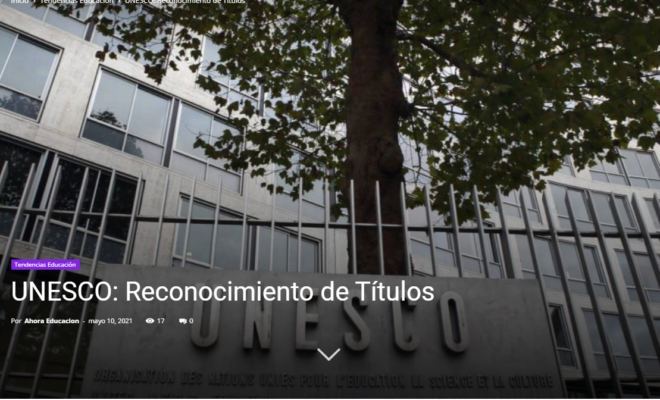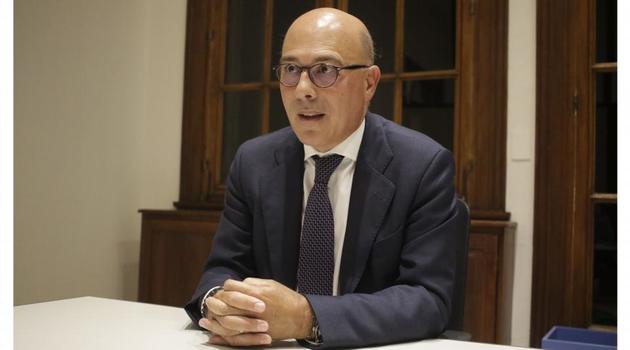The impact of the digital divide on student mobility / University World News
“We had to pay three times more than we were initially paying for broadband internet so that I could attend my virtual classes. I was always nervous that I would experience a power cut in the middle of my classes or worse in the middle of an assessment… We had to make sure the generator was always readily available, which came at an extra cost as it runs on fuel”. Such was the experience of Zimbabwean student Tinashe, whose plans to start a master’s degree in the United Kingdom were interrupted by COVID-19. Tinashe is not alone. For thousands of […]

©
10 May, 2021
“We had to pay three times more than we were initially paying for broadband internet so that I could attend my virtual classes. I was always nervous that I would experience a power cut in the middle of my classes or worse in the middle of an assessment… We had to make sure the generator was always readily available, which came at an extra cost as it runs on fuel”. Such was the experience of Zimbabwean student Tinashe, whose plans to start a master’s degree in the United Kingdom were interrupted by COVID-19.
Tinashe is not alone. For thousands of international students from low-income countries and poorer socio-economic backgrounds, the pandemic has put up significant barriers to their plans to study (or continue studying) abroad. Many were forced to return home whereas others, like Tinashe, had to defer their course start date and eventually begin their courses at a distance.
lll
Read the full story by UNESCO IESALC analytical team members Emma Sabzalieva, Bosen Lily Liu and Takudzwa Mutize on University World News.
RELATED ITEMS








